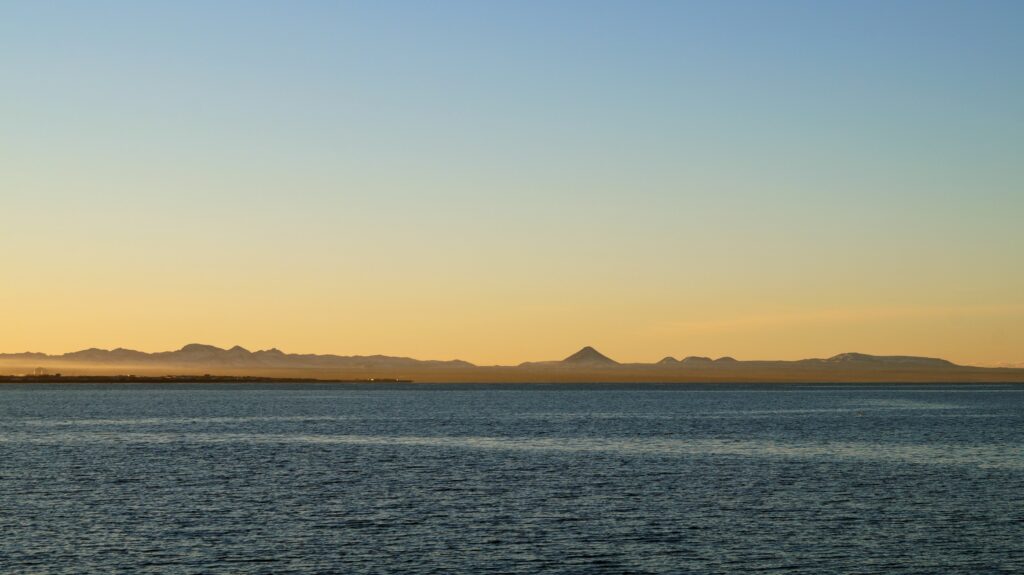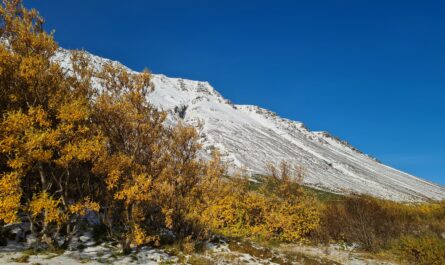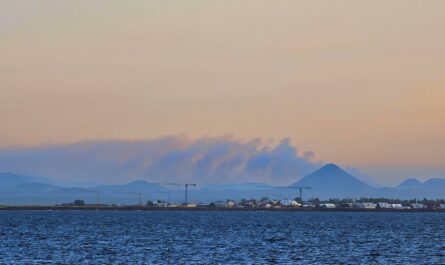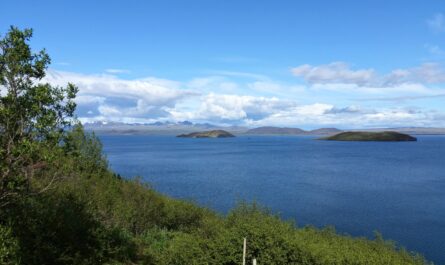On the Reykjanes Peninsula, seismologists have detected up to 2,000 earthquakes since yesterday, with some measuring as high as a five on the Richter scale. A significant number of earthquakes have been picked up in the Reykjavik region. Since this event is equivalent to the one that preceded the previous eruption, it is possible that the next eruption will begin within the next five days if the two events are the same.
Before traveling to the area, it is essential for vacationers to familiarize themselves with the information that can be found on the Met Office website. As a direct result of the earthquakes, it is quite possible that Civil Protection will issue a degree of uncertainty today.

Recent years have seen extensive volcanic activity in the Reykjanes Peninsula in Iceland, which can be traced back to prehistoric times. After a time of seismic activity, the most significant event took place in March 2021 when the Geldingadalir volcano, which is also known as Fagradalsfjall, erupted. This was the culmination of a period of seismic activity.
The eruption that took place on the Reykjanes Peninsula in Geldingadalir was the first volcanic explosion on the peninsula in more than 800 years. It occurred in a remote region, approximately 30 kilometers to the southwest of Reykjavik, the capital city of Iceland. The eruption gained worldwide attention and developed into a significant tourist destination due to its proximity to inhabited areas and the minimal level of danger it posed to visitors.
The Geldingadalir eruption was characterized by effusive lava flows, which means that the lava flowed out of the volcanic fissure in a slow and steady manner. This made it possible for scientists and visitors to watch the eruption from a distance where they were not in danger. The lava flows eventually formed a spectacular lava field, which covered the surrounding area and continued to progressively spread over the course of time.
The eruption produced effects that were both beneficial and detrimental to the environment and the populations in the area. On the bright side, it offered researchers a once-in-a-lifetime chance to investigate volcanic processes and track the development of a volcanic system in real time. In addition to this, it served as a magnet for tourists, which was beneficial to the community’s economy and made for an experience that travelers will never forget.
However, the eruption also presented difficulties for the villages who were located nearby. Due to the increased likelihood of volcanic ash disrupting flight paths, the neighboring Keflavik International Airport was forced to temporarily close as a result of the increased volcanic activity. In addition, the discharge of volcanic gases such as sulfur dioxide posed a potential threat to the health of people living in the surrounding area.
After the initial eruption in the year 2021, there has been ongoing volcanic activity on the Reykjanes Peninsula. Although the intensity of the eruption at Geldingadalir has decreased, there have been intermittent episodes of volcanic unrest, including tiny eruptions and seismic activity in the region. This is despite the fact that the eruption at Geldingadalir has become less intense. The terrain has been further reshaped as a result of these successive eruptions, which have also contributed to current scientific studies.
In general, the volcanic activity in the Reykjanes Peninsula, and particularly the eruption at Geldingadalir in 2021, has presented a one-of-a-kind opportunity for both scientific research and tourism on the peninsula. In doing so, it has demonstrated the dynamic nature of Iceland’s geology and served as a reminder of the volcanic nature of the country.
Featured image by Gylfi Gylfason from Pixabay

